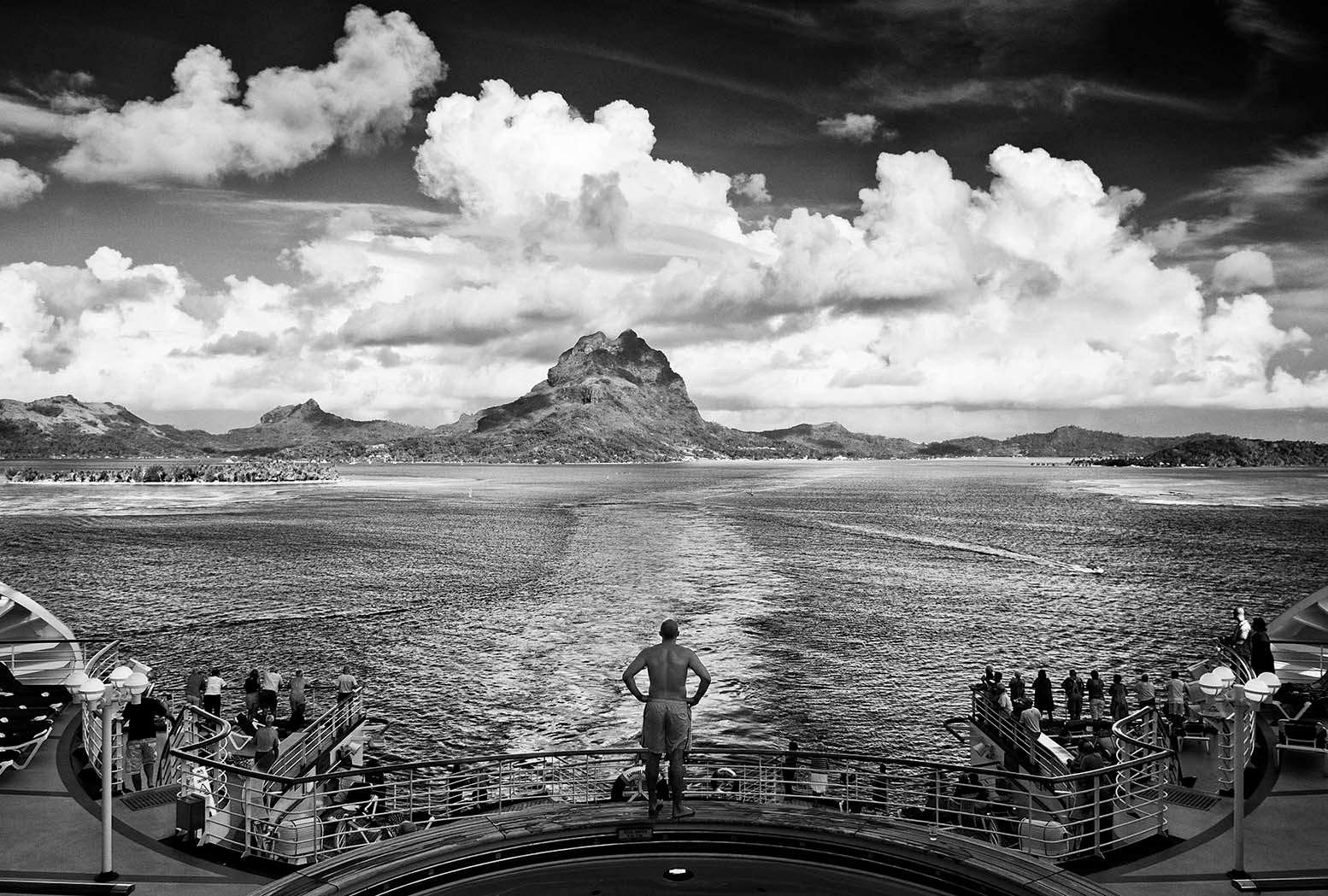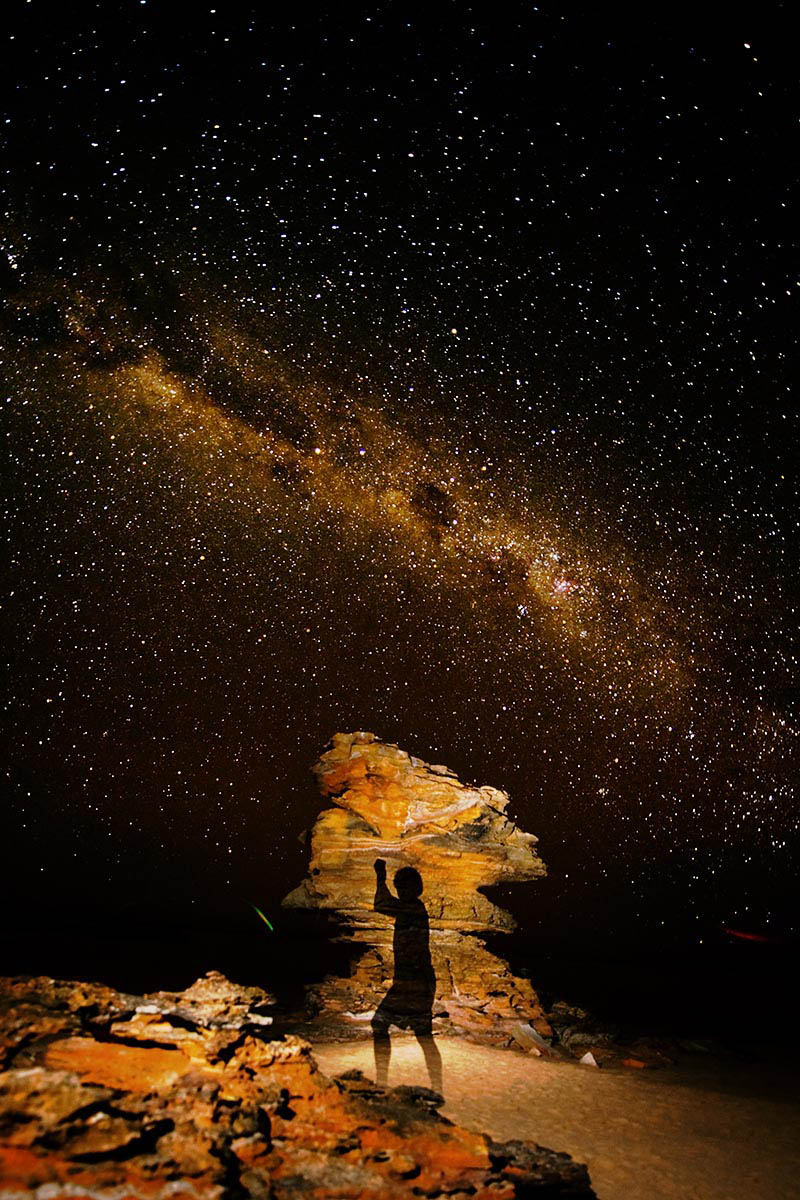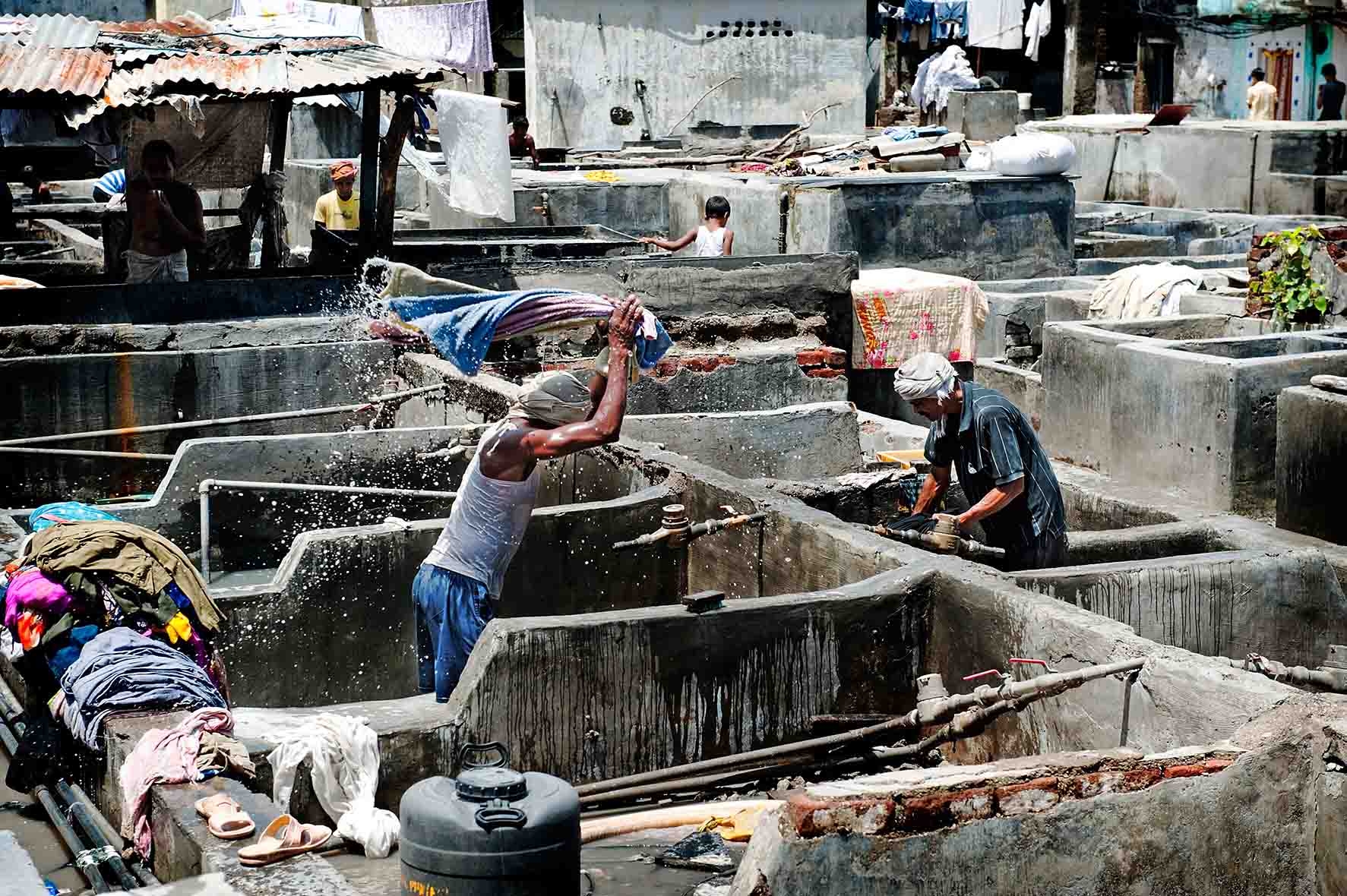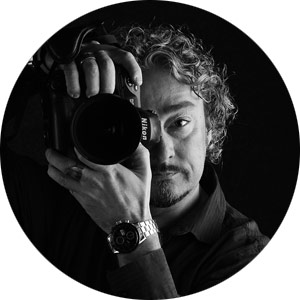Around the World in 105 Days: Mick Weall, a Nikon D3 and a Sea Princess
Mick Weall is sitting aboard a ship. The 857-foot long, 77,499 tonnage vessel has just docked in Rotterdam, the Netherlands and he’s breezing through satellite phone minutes as he describes his life—in particular a current 105-day journey around the world. ”We departed Sydney, Australia, on May 15 and have so far visited ports in Dubai, Aqaba, Salerno, Rome and Lisbon. After this stop, we depart for Zeebrugge, Copenhagen, Stockholm, Helsinki, St Petersburg, Tallin, Riga and Warnemunde. We eventually terminate in Dover before we hit the third of four legs.”
For 17 years Weall has had one of those rare, and enviable professions traveling the world and capturing imagery. Currently aboard the Sea Princess (Princess Cruises), he is in charge of all ship photographers and videographers. “The job involves everything from training staff to scheduling the day’s shoots, and from ordering retail and lab items [to] handling appraisals, budgets, etc.” On this particular journey there are 1,850 passengers and he works aside 909 crew members.
Nikon D3, AF-S Nikkor 300mm f/4D IF-ED, f/4, ISO 800, 1/160 second.
A Good Travel Photo Tells a Story
Relishing his time pursuing travel photography, Weall offers, “Asia is one of my favorite places, especially for street portraits. Iceland boasts stunning scenery. My home, the U.K., delivers lots of surprises. Then there’s Petra and Machu Picchu, plus where my heart is, Alaska.”
A travel pro with a jam-packed agenda, whether for work or adding to his own portfolio, Weall knows to optimize for every photo session; yet he remains open to happy accidents that can happen along the way. “Surprising moments may yield great images. For example, the shot of me as a cave painting was a very fortunate accident. My objective was to shoot the Milky Way and it was something I hadn’t tried before. I had two hours after sunset. I wish I’d had an extra hour to get it spot-on from a beach in Broome, Western Australia. While rushing to get the correct exposure, plus light the rocks, I accidentally stood in between the camera and the rock then popped off the flash. This is how my Aboriginal cave art photo came into being.”
Nikon D3. AF-S NIKKOR 14-24mm f/2.8G ED, f/2.8, ISO 800, 48 sec. Manual SB-900 ½ power.
Travel Photography Should Answer These Questions
-
What am I trying to say?
-
How am I going to say it with an image?
-
Are the viewers going to get it?
A good travel photo tells a story. “It’s all about what you want to say.” His tales are created using a Nikon D3, and the paired lens depends on what should be expressed at that moment. “When shooting in Asia I take the first 10 or 15 minutes to blend in with my surroundings. Once people have gotten used to my presence I start popping portraits using the AF-S NIKKOR 70-200mm f/2.8G ED VR II. I love this lens for its crisp image and great shallow depth of field manipulation. I don’t like being too up close and personal, so this allows me to keep my distance.” His workhorse is the AF-S NIKKOR 24-70mm f/2.8G ED—ideal for landscape, city scenes and general work. When framing wide angle city mode it’s the AF-S NIKKOR 14-24mm f/2.8G ED. For simple flower and fauna work, the AF-S VR Micro-NIKKOR 105mm f/2.8G IF-ED wins.
Great Travel Photos No Matter the Conditions
The ship is docked between 7 am and 5 pm, so the position of the sun is generally not ideal when in port. Weall must complete all morning work duties before he can hit dry land. “Unfortunately we tend to miss the golden hour for land shots,” he frowns, so over the years workarounds have been cultivated. Knowing that midday sun casts harsh shadows (especially over the water and on a boat), he frames sail in and sail away shots—producing those amazing sunset and sunrise photos. “This is a view you only get while sailing.”
If the afternoon light is harsh, he heads for the covered markets to get flat, diffuse candid portraits. When there’s overcast light that is more diffuse, black and white looks come to mind, especially around urban areas. One tip offered, “When taking photos of each other in bright sunshine, pop the flash for some fill-in. The touch of fill cuts through the harsh shadows. It’s a technique that’s very much needed when your subject is heavily back-lit, say standing in front of a bright glacier in Alaska.”
Alternatively, try adding edit trickery. “If the light is harsh I may try HDR (high dynamic range) to bring out more shadow detail, plus reduce highlight clipping. The shot on the back deck leaving Bora Bora (below) was exactly what I had in mind. The black and white was added as an afterthought to give the shot some real dramatic impact.”
Nikon D3, AF-S NIKKOR 24-70mm f/2.8G ED, f/8, ISO 200, 1/800 second.
Weall’s role onboard also requires that he produce many of the scenic prints offered for sale in the ship gallery—images often created during brief sojourns in port. The crew has a very finite length of time in the majority of ports visited, so all make the most out of each destination. “Briefness of time causes me to be very focused. A traveling photographer on the move should also adopt that sense of urgency and capture as much as possible. A plan is always a good idea.”
Ship Shape Photography
Overseeing all photography and videography means a significant workload—one that can easily keep him up until 1 am. However, “One am is an improvement versus the days of film where a 6 am or later finish was not uncommon following a formal portrait night.” Aside from core administration duties, Weall oversees the vast flow of resulting images produced when his team of 12 hits the decks to mix with passengers. “When we say your photos will be on display at 9 am, by hook or by crook, we mean it!”
On formal nights the team will ingest, identify and archive roughly 2,000 photo files. This varies by size of ship and itinerary, and can go as high as 16,000 images in a single night on the huge Regal class ships in the Caribbean. Also in the queue are photos documenting onboard activities, views from the deck, port gangways or tour destinations. “We do minor retouching on passengers’ photos: drop-in a frame template with a scenic design from the port visited. We print into 8 x 10s for display that evening or the next morning. Portraits are straight 8 x 10s with a slight vignette to add that finishing touch.”
Video capture is growing in importance. “My VPs (Sophie and Waide) hit the ports with passengers to chronicle time ashore. Interviews of the locals and tour guides are also obtained. Clips are strung together into a “teaser trailer” that is streamed onto staterooms TVs in the evening,” he shares. “The high quality of DSLR motion capture means we can all afford to have a go at filming. Creating video becomes a great additional string in our bow, plus a wonderful expansion/addition to our craft.”
Another duty of the crew is to produce and deliver onboard seminars. “Delivered by my Master photographer Inna and run, in partnership with Nikon, the sessions range from basic to advanced education and inspiration sessions. They are always popular.”
Nikon D3, AF-S NIKKOR 24-70mm f/2.8G ED, f/9, ISO 250, 1/640 second.
Enter the Princess Cruises “Places to Sea Photo℠ Contest”
As can be inferred, creating memorable moments is a huge part of what makes a Sea Princess cruise so special. That in mind, the company is currently running the Places to Sea photo contest. Notes Weall, “We want to see what travelers are capturing on their vacations, so we’re inviting them to upload and share.”
See details by visiting: princesscruises.prizelogic.com.
Mick’s Places to Sea Photo Tips
“Have clear objective when you go to shoot. Don’t just go out and think, ‘I hope I come across a good shot,’ as you may never be in that place again. Nothing wrong with going out with a plan in mind. Research where you’re going, know what time of day you will be there. Will you create in a normal, HDR (high dynamic range), color or black and white look, etc?”
“It’s nice to be personal in your photography as it is an extension of you, but if you’re entering a themed contest, think carefully about the context. ‘Send a photo of an animal’ is easy to understand, but something more ambiguous like ‘Tell a story’ or ‘Lived in skin’ can take some thought.”
“When you have to really think about what you’re doing you tend to get a lot better at it and this can really improve your shooting skills…but don’t forget to enjoy what you’re doing. That is why we all do this in the first place, isn’t it?”










